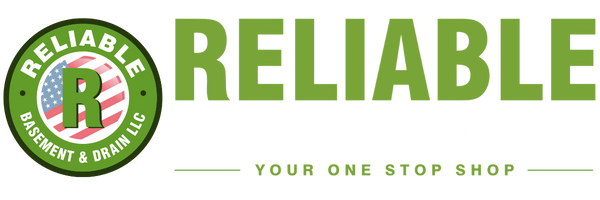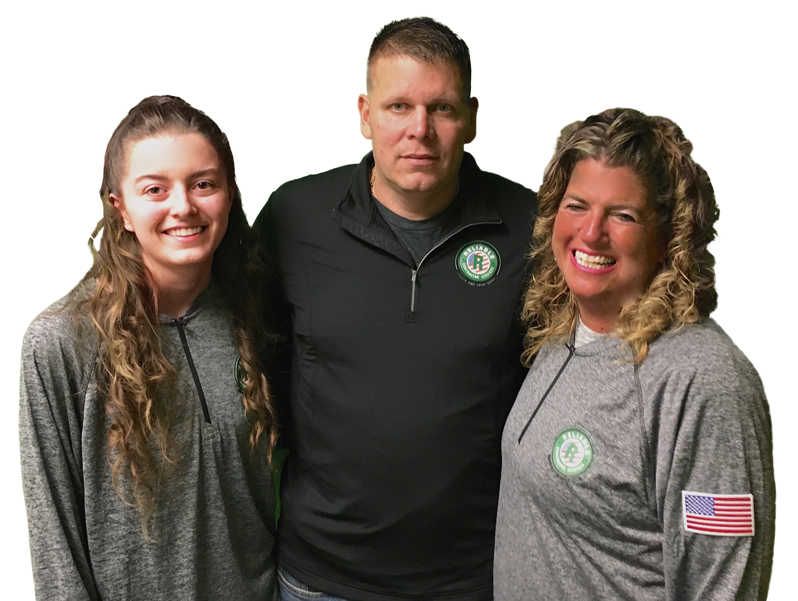What to Know About Drain Pipe Installation in Cleveland
Fall in Cleveland brings cooler temps, more rain, and the creeping reminder that winter isn’t far off. That makes it a smart time to look around your yard for spots where water doesn’t drain the way it should. Even a small backup or puddle might be a sign that something underground needs attention.
If you’re planning any kind of drain pipe installation in Cleveland, here’s what to keep in mind as the cold weather approaches. Once the ground freezes, you’re working with tighter windows, tougher digging, and limited flexibility. Catching potential problems now can make a big difference.
Why Drain Pipes Matter for Your Home
Drain pipes help keep water where it belongs—away from your home’s foundation. When they’re installed right, these pipes move water out and away fast after heavy rain or melted snow. That might not sound like a big deal, but it can be the difference between a dry basement and a long list of repairs.
When drains fail or are placed poorly, water starts to collect. You may see big puddles in the same spots after each rainfall. Or water might sneak down along the walls and into the basement, especially in older homes. Over time, that constant moisture can damage the structure of the house.
Because Cleveland gets a lot of wet weather in fall—with freezing temps hitting not long after—drainage really matters. If surface water isn’t moving away now, it could turn to ice soon, which only adds more pressure around your home. Fixing a drain isn’t just about keeping the grass dry. It’s about keeping the whole house steady and safe from water problems.
Reliable Basement and Drain installs outdoor French drains, yard drains, and underground downspout piping to keep Cleveland homes protected in wet weather.
What Goes Into a Proper Installation
Installing a drain pipe isn’t just digging a trench and putting in a pipe. It takes some planning and smart choices to keep everything working the way it should. One of the most important things is getting the slope right. Water only flows one way—downhill—so the pipe has to be tilted just enough to keep it moving quickly, without letting anything pool or back up.
The pipe size matters too. If the pipe is too small, it can’t collect water fast enough during big storms. Too large, and it may not fit right in the space or could collect debris and slow down. Picking the right material is just as important, especially depending on how much pressure or weight the pipe has to support.
In Cleveland, soil type varies a lot. Some yards are heavy with clay, while others have looser dirt or sand. If the wrong kind of material is used or the trench isn’t set up properly, shifts in the soil can crack the pipe or cause it to sink. Proper trench depth, gravel bedding, and backfill techniques all help keep the pipe working through every season. Skipping even one step can lead to problems later.
Reliable Basement and Drain uses SDR 35 or Schedule 40 pipe for most underground installations, and they tailor the trench depth to match local frost lines and soil conditions.
Common Signs That It’s Time to Replace or Install a Drain Pipe
The signs of a bad or missing drain aren’t always loud and obvious. Many times, they’re quiet. You might notice water always settles in one part of the yard. Or grass in one area grows much faster than the rest, which usually means there’s too much moisture there. These daily signs can be easy to ignore, especially in the middle of a busy fall, but we try to remind people that wetness that sticks around may point to underground trouble.
Cracks in patios or stains on basement walls are clues too. If water isn’t draining correctly from your property, it will start to push and pull against the solid parts of the home. That not only weakens walls but also gives mold or mildew a chance to grow.
Late fall is really the last shot to spot these signs before winter lands fully. Wet soil is easier to check and test. Once it freezes, repairs may need to wait out the season, or only partial work might be possible.
Why It’s Not a DIY Project
It’s tempting to think digging a trench or replacing a pipe is a one-weekend task. But there’s more going on under the yard than most people expect. Tree roots, utility lines, and shifting underground layers can all throw plans off. Missing a single element—like how deep to go or how far away to drain—can cause more harm than good.
Also, most cities (Cleveland included) have building codes that cover how and where you can install drainage pipes. Those rules aren’t just red tape. They help control how water moves across neighborhoods and keep certain problem areas from flooding.
Professional teams know how to read the property layout and see problems before digging even begins. They bring the right equipment to get everything placed correctly and safely. A rushed or quick fix might last a season, but a good installation should hold up over time—through plenty of wet, freezing, and thawing.
Reliable Basement and Drain secures all permits before any drain pipe installation in Cleveland and marks utilities before every dig to prevent problems with underground lines.
Choosing the Right Time for Drain Work in Cleveland
Late fall is usually the cutoff for serious outdoor excavation in Cleveland. Once you’ve had a couple of ground freezes, digging gets harder, and soil starts breaking apart differently. That makes it more difficult to get the slope and structure right for drain pipes.
Fall rain exposes drain issues fast. If water isn’t draining now, it’s even more likely to freeze in winter. That not only blocks drainage but also expands and puts pressure on nearby structures or pipes.
Planning ahead gives you more choice in how and when to do the work. Cleveland weather can shift quickly, with sunny afternoons one week and heavy snow not long after. The sooner a problem gets checked, the easier it is to fix it before the ground is solid and the days are short.
Keep Water Moving and Your Home Protected
Fall gives us a short but important window to prep for colder months. Once the snow starts falling in Cleveland, outdoor pipe work slows down. That’s why it pays to catch drainage trouble early.
Whether it’s weird puddles in the yard or watermarks near the basement floor, signs like these tell a story. They’re clues that water isn’t following the right path. Getting to know how drain pipe installation works helps homeowners make better choices on when to act and what signs to watch for. The right setup now helps keep moisture out and peace of mind in—through winter and the seasons ahead.
Water pooling in your yard or near your foundation can be a sign that something underground needs attention before colder weather sets in. A solid drainage setup keeps moisture away and helps your property hold up through seasonal changes. We’ve handled everything from small fixes to full replacements across Cleveland, and we know what it takes to get the job done right. Read about how we approach drain pipe installation in Cleveland and what to check for before the freeze hits. Call Reliable Basement and Drain to talk through your next steps.

